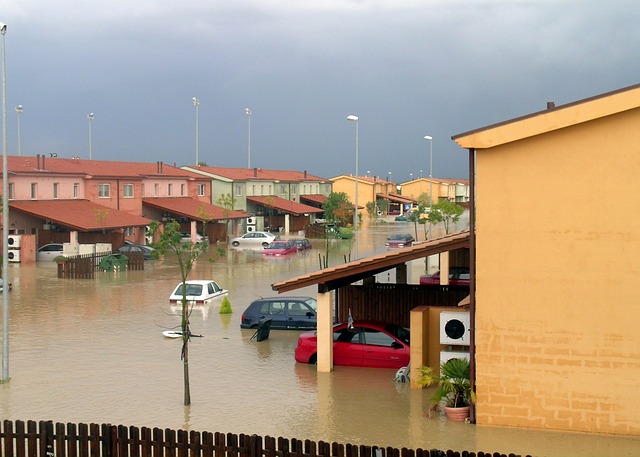According to global law firm Hogan Lovells, despite rising competition and international changes, Luxembourg retains compelling characteristics that give it a competitive edge in the captive reinsurance market.
Luxembourg remains the largest captive reinsurance market in the European Union, with the majority of reinsurance companies based there being captive-type, according to the firm. These subsidiaries within a group frequently reinsure the risks of other group companies, with those risks routed through a fronting insurer.
Many French insurance companies have selected Luxembourg for their reinsurance captives, and following Brexit, many UK-based insurance companies have shifted their domicile to Luxembourg.
Hogan Lovells said that Luxembourg’s appeal stems from its attractive regulatory regime, the flexible approach of the Luxembourg insurance regulator, and the highly qualified personnel available to lead and manage captives.
At the onset of Brexit, the Luxembourg insurance regulator, the Commissariat aux Assurances (CAA), positioned Luxembourg as a strong and open-for-business jurisdiction for establishing an EU-based domicile or transferring portfolios from UK-based companies.
Despite successive shocks, Luxembourg’s insurance market has remained resilient. According to the latest CAA annual report, there was a significant 9.35% increase in employment in the reinsurance sector in 2022. Hogan Lovells suggests that this trend should continue to ensure Luxembourg remains well-equipped in terms of human resources and governance.
Geopolitical situations have caused upward revisions in reinsurance premiums at renewal, raising interest in reinsurance captives. Industrial companies have found reinsurance captives advantageous in decreasing the expense of reinsuring risks.
Certain specific risks, like as cyber risks, are difficult to reinsure due to low appetite among reinsurers and unfavourable prices for insureds. Luxembourg has capitalised on this by emphasising its strengths in this area, as evidenced by publications from Luxembourg for Finance.
Hogan Lovells also highlighted a trend to exclude or refuse insurance for certain risks, such as natural catastrophes or cyber risks, or to increase premiums or reduce capacity, making captive solutions more attractive. Luxembourg reinsurance captives exist across almost all sectors.
Luxembourg is also expected to remain a good location for establishing reinsurance captives. Given the number of captives authorized in Luxembourg, the CAA is well-versed in handling captive reinsurance applications and applying the Solvency II requirements, such as provisions for claims outstanding and the equalization reserve. The CAA’s application of the principle of proportionality in its regulations for captive reinsurance undertakings is also beneficial.
Hogan Lovells stated that, while some jurisdictions have implemented modifications to make their reinsurance captive regimes more competitive, Luxembourg remains confident in its own competitiveness. According to the most recent CAA annual report, reinsurance premium income in 2022 hit all-time highs, with continued interest in reinsurance captives.
However, the examination of the Solvency II system and possibly new substance requirements may pose obstacles to Luxembourg’s performance. According to Hogan Lovells, the CAA will likely remain a flexible and pragmatic regulator, which is critical to Luxembourg’s long-term prosperity.
The CAA’s business-friendly stance and ability to connect with market players and international entities such as the EIOPA, the European Commission, and the OECD are significant factors.
What is your opinion on this story? Please feel free to leave your thoughts below.



